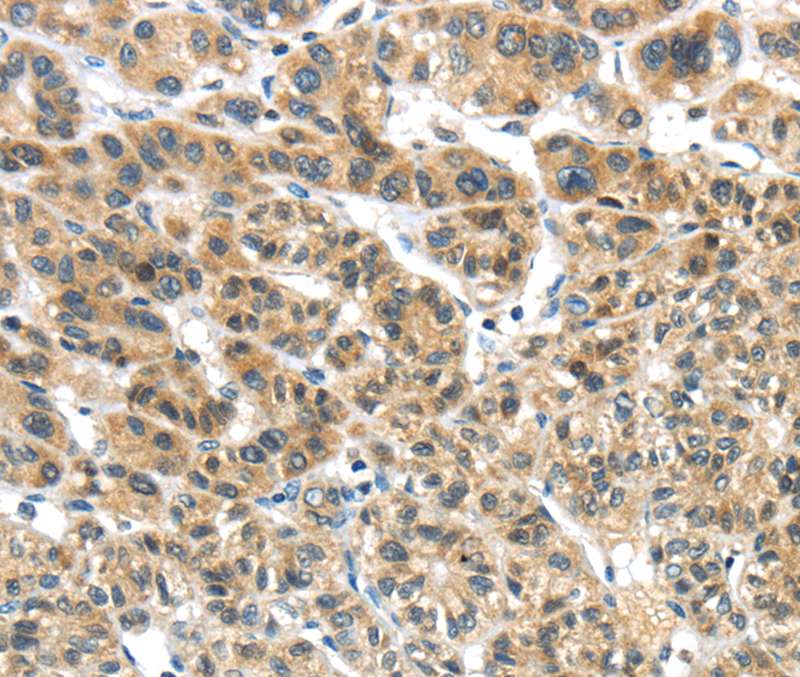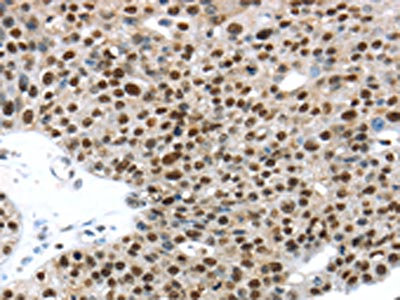TKTL1 antibody [N1C1]
GTX109459
ApplicationsImmunoFluorescence, Western Blot, ImmunoCytoChemistry, ImmunoHistoChemistry, ImmunoHistoChemistry Paraffin
Product group Antibodies
TargetTKTL1
Overview
- SupplierGeneTex
- Product NameTKTL1 antibody [N1C1]
- Delivery Days Customer9
- Application Supplier NoteWB: 1:1000-1:10000. ICC/IF: 1:100-1:1000. IHC-P: 1:100-1:1000. *Optimal dilutions/concentrations should be determined by the researcher.Not tested in other applications.
- ApplicationsImmunoFluorescence, Western Blot, ImmunoCytoChemistry, ImmunoHistoChemistry, ImmunoHistoChemistry Paraffin
- CertificationResearch Use Only
- ClonalityPolyclonal
- Concentration0.98 mg/ml
- ConjugateUnconjugated
- Gene ID8277
- Target nameTKTL1
- Target descriptiontransketolase like 1
- Target synonymsTKR, TKT2, transketolase-like protein 1, TK 2, transketolase-2, transketolase-related protein
- HostRabbit
- IsotypeIgG
- Protein IDP51854
- Protein NameTransketolase-like protein 1
- Storage Instruction-20°C or -80°C,2°C to 8°C
- UNSPSC12352203
References
- Qin Z, Xiang C, Zhong F, et al. Transketolase (TKT) activity and nuclear localization promote hepatocellular carcinoma in a metabolic and a non-metabolic manner. J Exp Clin Cancer Res. 2019,38(1):154. doi: 10.1186/s13046-019-1131-1Read this paper
- Tseng CW, Kuo WH, Chan SH, et al. Transketolase Regulates the Metabolic Switch to Control Breast Cancer Cell Metastasis via the α-Ketoglutarate Signaling Pathway. Cancer Res. 2018,78(11):2799-2812. doi: 10.1158/0008-5472.CAN-17-2906Read this paper
- Li B, Iglesias-Pedraz JM, Chen LY, et al. Downregulation of the Werner syndrome protein induces a metabolic shift that compromises redox homeostasis and limits proliferation of cancer cells. Aging Cell. 2014,13(2):367-78.Read this paper




